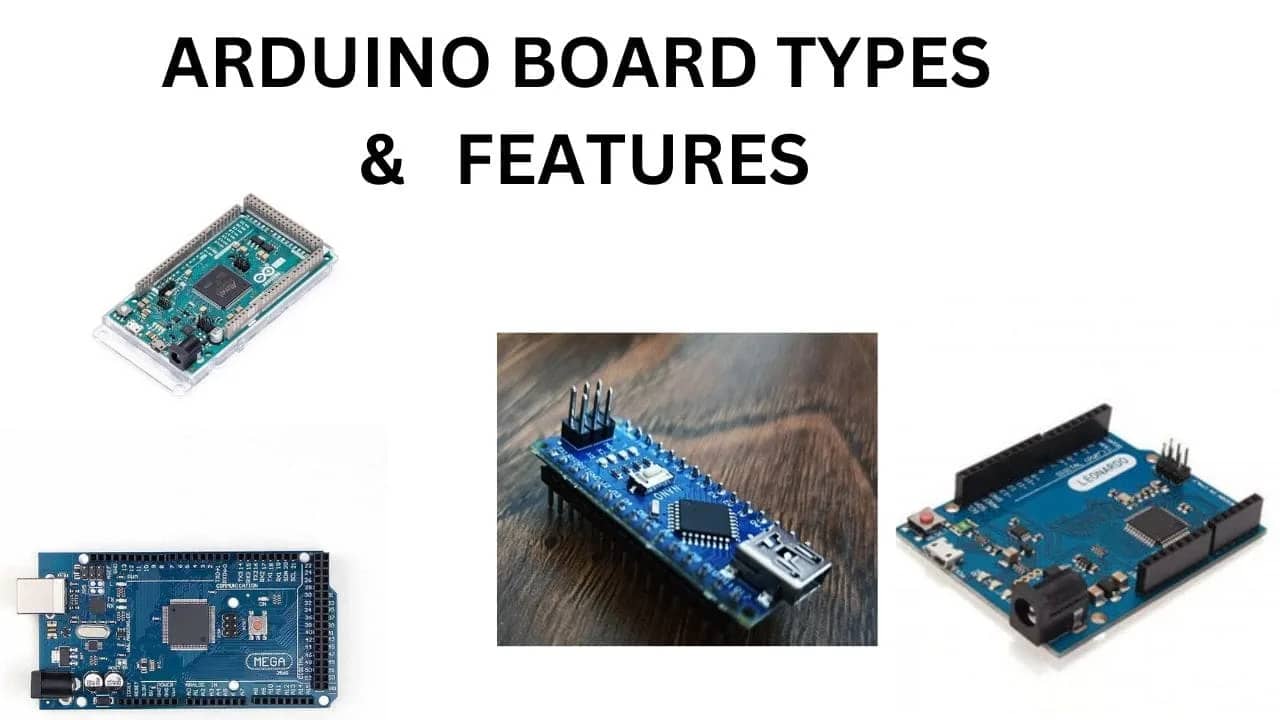Table of Contents
ToggleExploring the Different Types of Arduino Boards
Arduino, an open-source electronics platform, has revolutionized the world of DIY electronics and rapid prototyping. Since its inception in 2005, Arduino has introduced various types of boards to cater to a wide range of applications, from simple blinking LED projects to complex robotics and IoT (Internet of Things) systems. In this article, we will delve into the most common types of Arduino boards, discussing their features, capabilities, and ideal use cases.
1. Arduino Uno
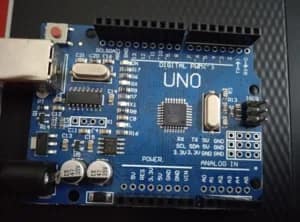
The Arduino Uno is perhaps the most well-known and widely used Arduino board. It features an ATmega328P microcontroller, 14 digital input/output pins, 6 analog input pins, and a 16 MHz crystal oscillator. It’s an excellent choice for beginners due to its simplicity and versatility. The Uno is often used for basic projects, prototyping, and as an educational tool.
Key Features:
– 14 digital I/O pins (6 PWM capable)
– 6 analog input pins
– 32 KB flash memory
– USB interface for programming and power supply
Ideal Use Cases:
– LED blinking and basic projects
– Prototyping
– Learning electronics and programming
2. Arduino Nano
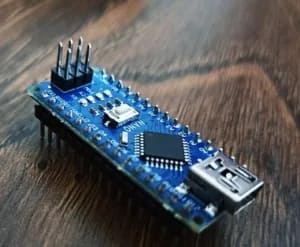
The Arduino Nano is a compact and cost-effective board that retains most of the Uno’s features. It uses the same ATmega328P microcontroller but in a smaller form factor. The Nano is popular for projects with space constraints or where a more discreet design is required.
Key Features:
– 14 digital I/O pins (6 PWM capable)
– 8 analog input pins
– 32 KB flash memory
– USB interface for programming and power supply
Ideal Use Cases:
– Miniature projects
– Wearable electronics
– Embedding into custom PCBs
3. Arduino Mega
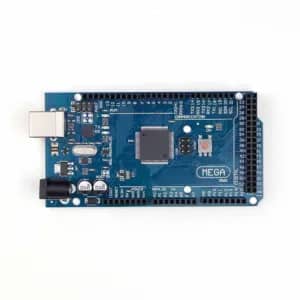
For projects that require an abundance of I/O pins and more processing power, the Arduino Mega is the go-to choice. It features an ATmega2560 microcontroller, 54 digital I/O pins (15 PWM capable), 16 analog input pins, and 256 KB of flash memory. The Mega is ideal for robotics, 3D printers, and other complex applications.
Key Features:
– 54 digital I/O pins (15 PWM capable)
– 16 analog input pins
– 256 KB flash memory
– Multiple serial communication ports
Ideal Use Cases:
– 3D printers and CNC machines
– Large-scale robotics projects
– Complex data acquisition systems
4. Arduino Due
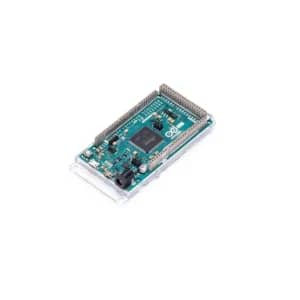
The Arduino Due stands out as one of the most powerful boards in the Arduino ecosystem. It features a 32-bit ARM Cortex-M3 microcontroller, which provides significantly more processing power and capabilities compared to the traditional 8-bit Arduino boards. It is often chosen for high-performance projects and applications requiring fast data processing.
Key Features:
– 54 digital I/O pins (12 PWM capable)
– 12 analog input pins
– 512 KB flash memory
– 32-bit microcontroller
Ideal Use Cases:
– High-performance robotics
– Audio processing
– Real-time control systems
5. Arduino Leonardo
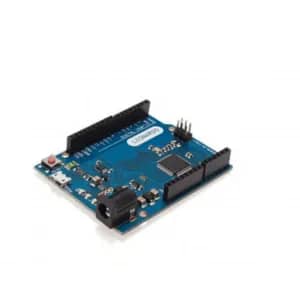
The Arduino Leonardo is unique because it uses the ATmega32U4 microcontroller with built-in USB functionality, making it easier to create USB devices like keyboards, mice, or game controllers. It has 20 digital I/O pins (7 PWM capable) and 12 analog input pins.
Key Features:
– Built-in USB support
– 20 digital I/O pins (7 PWM capable)
– 12 analog input pins
– 32 KB flash memory
Ideal Use Cases:
– USB input devices
– HID (Human Interface Device) projects
– Gamepad emulation
Arduino’s diverse range of boards caters to the needs of electronics enthusiasts, hobbyists, and professionals alike. From the beginner-friendly Arduino Uno to the high-performance Arduino Due, these boards offer versatility and flexibility for a wide array of projects. Choosing the right Arduino board depends on your project’s requirements, whether it’s a simple LED blinker or a sophisticated IoT system. With the right board, you can turn your creative ideas into reality in the world of electronics and automation.
Features of different types of Arduino Boards
Arduino boards come in various types, each with its own set of features tailored to specific applications and requirements. In this article, we’ll explore the key features of different types of Arduino boards to help you choose the one that best suits your project.
1. Arduino Uno:
– Microcontroller: ATmega328P
– Digital Pins: 14 digital
input/output pins (6 of which can be used for PWM output).
– Analog Pins: 6 analog input pins.
– Clock Speed: 16 MHz.
– Memory: 32 KB flash memory.
– Communication: USB interface for programming and power supply.
– Ideal Use Cases: Basic projects, prototyping, educational purposes.
2. Arduino Nano:
– Microcontroller: ATmega328P
– Digital Pins: 14 digital input/output pins (6 PWM capable).
– Analog Pins: 8 analog input pins.
– Clock Speed: 16 MHz.
– Memory: 32 KB flash memory.
–Communication: USB interface for programming and power supply.
– Ideal Use Cases: Compact projects, wearable electronics, embedded systems.
3. Arduino Mega:
– Microcontroller: ATmega2560.
– Digital Pins: 54 digital input/output pins (15 PWM capable).
– Analog Pins:16 analog input pins.
– Clock Speed:16 MHz.
– Memory: 256 KB flash memory.
– Communication: Multiple serial communication ports.
– Ideal Use Cases: 3D printers, CNC machines, large-scale robotics.
4. Arduino Due:
– Microcontroller: 32-bit ARM Cortex-M3.
– Digital Pins: 54 digital input/output pins (12 PWM capable).
– Analog Pins: 12 analog input pins.
– Clock Speed: 84 MHz.
– Memory: 512 KB flash memory.
– Communication: High-speed data communication capabilities.
– Ideal Use Cases: High-performance robotics, audio processing, real-time control systems.
5. Arduino Leonardo:
– Microcontroller: ATmega32U4.
– Digital Pins: 20 digital input/output pins (7 PWM capable).
– Analog Pins: 12 analog input pins.
– Clock Speed:16 MHz.
– Memory: 32 KB flash memory.
– Communication: Built-in USB support for creating USB devices.
– Ideal Use Cases: USB input devices, HID projects, gamepad emulation.
6. Arduino Mini:
– Microcontroller: ATmega328P.
– Digital Pins: Varies based on the specific model.
– Analog Pins: Varies based on the specific model.
– Clock Speed: 16 MHz.
– Memory: 32 KB flash memory.
– Communication: Serial communication with external USB-serial adapter.
– Ideal Use Cases: Space-constrained projects, embedded systems, custom PCBs.
7. Arduino Nano 33 IoT:
– Microcontroller:SAMD21G18.
– Digital Pins: 14 digital input/output pins (9 PWM capable).
– Analog Pins: 8 analog input pins.
– Clock Speed: 48 MHz.
– Memory: 256 KB flash memory.
– Communication: Built-in Wi-Fi and Bluetooth connectivity.
– Ideal Use Cases: IoT projects, wireless sensor networks, cloud integration.
These are just a few examples of the many Arduino boards available. When choosing an Arduino board, consider factors such as the project’s complexity, size constraints, required I/O pins, processing power, and communication needs. The versatility and open-source nature of Arduino make it a powerful platform for a wide range of applications in the world of electronics and DIY projects.
